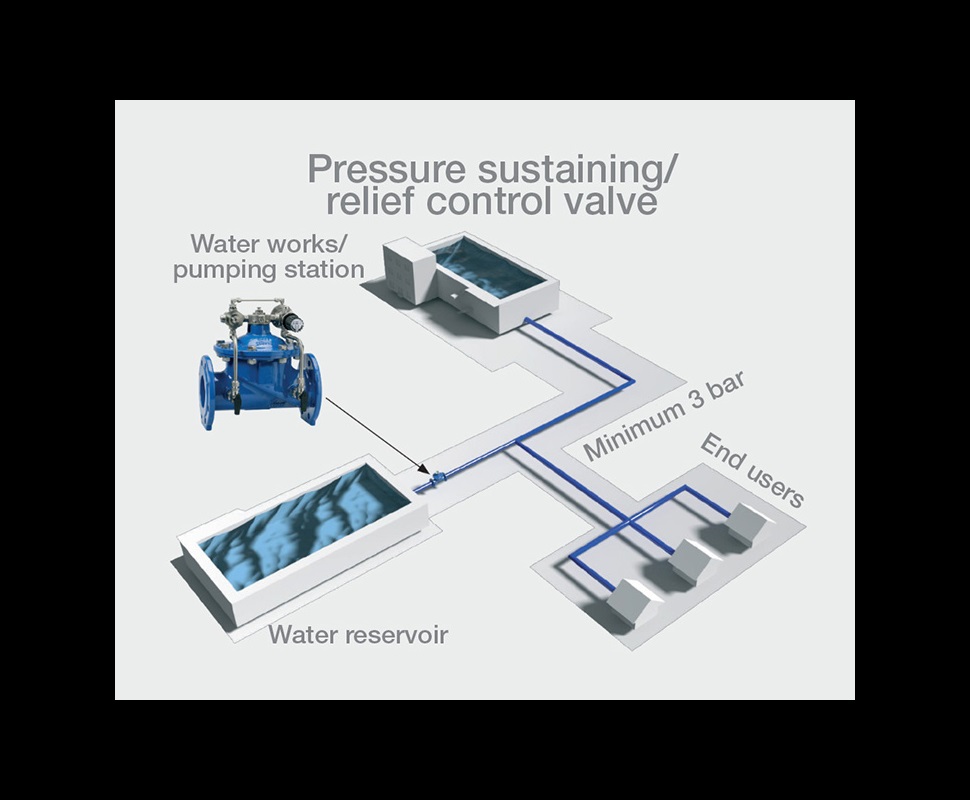
Maximize Energy Financial Savings and Comfort With Advanced Structure Automation Controls
In the world of contemporary style and facility management, the combination of sophisticated building automation controls stands as an essential advancement. By utilizing the power of automation, structures can adapt, respond, and progress in means that were once unbelievable.
Energy Effectiveness Conveniences
Power effectiveness benefits can considerably lower energy intake and functional prices in structures. Energy-efficient systems, such as sophisticated building automation controls, can maximize the usage of sources like lights, air conditioning, and heating, leading to lower power costs over time.
Furthermore, enhanced energy effectiveness can prolong the life-span of building tools and systems. By operating more efficiently, HVAC systems, lighting fixture, and other structure elements experience less damage, causing decreased upkeep and substitute expenses. Additionally, energy-efficient structures typically regulate higher residential property values and rental prices, providing long-lasting economic advantages to owners.
In addition, energy effectiveness can enhance owner comfort and performance. Properly controlled interior environments with optimum lighting and thermal problems develop a more favorable and pleasant work area, bring about boosted staff member complete satisfaction and efficiency. Overall, the energy effectiveness benefits connected with innovative building automation controls are diverse, incorporating cost savings, environmental stewardship, and owner wellness.
Improved Convenience Control
Enhancing comfort control in building settings needs an innovative assimilation of advanced automation systems for optimum resident wellness. By utilizing advanced structure automation controls, facilities can tailor the indoor environment to fulfill the certain requirements and preferences of owners. control valves.
By including these sophisticated controls, structures can not just enhance convenience however additionally improve power effectiveness by optimizing system procedures based on real occupancy and usage patterns. Inevitably, prioritizing resident convenience through advanced automation systems leads to an extra delightful and healthier indoor atmosphere.
Functional Effectiveness Improvements

Moreover, the application of real-time surveillance and analytics tools makes it possible for building operators to identify energy inefficiencies and functional abnormalities immediately. By continuously checking power usage patterns and system efficiency metrics, adjustments can be made in real-time to maximize energy consumption and guarantee peak functional efficiency. control valves. Furthermore, including demand response approaches into structure automation controls can additionally improve functional performance by dynamically readjusting energy use based upon grid problems and rates signals
Indoor Environment Optimization
Efficient interior climate optimization is a basic facet of structure automation controls, ensuring occupants' convenience and well-being while optimizing power cost savings. By using advanced sensing units and controls, constructing automation systems can continually check and change temperature, humidity degrees, air top quality, and ventilation to develop an ideal indoor setting. Keeping constant and comfortable conditions not only boosts resident contentment however additionally increases efficiency and total wellness.
Indoor environment optimization additionally plays an essential duty in energy efficiency. By fine-tuning home heating, ventilation, and air conditioning systems based on real-time information and occupancy patterns, developing automation controls can dramatically minimize power usage - control valves. Executing approaches such as demand-controlled air flow and thermal zoning can help lessen energy waste while making certain that each area of the structure receives the required conditioning.

Lasting Atmosphere Creation
Building automation regulates not just enhance indoor environment problems for energy efficiency and you could try these out occupant convenience yet additionally lay the structure for producing a sustainable environment via calculated management of sources and systems. By integrating sophisticated building automation technologies, such as sensing units, actuators, and smart software application, centers can check and adjust power use in real-time to minimize waste and lower their carbon impact. These systems make it possible for predictive upkeep, identifying potential concerns before they intensify and optimizing tools performance to boost durability and performance.
In addition, lasting environment development extends past energy monitoring to incorporate water preservation, waste decrease, and indoor air quality renovation. Structure automation controls can regulate water usage, detect leakages, and guarantee correct garbage disposal practices, adding to overall sustainability initiatives. Additionally, by managing and monitoring ventilation and purification systems, these innovations improve passenger wellness and efficiency while decreasing energy intake related to HVAC procedures.
Conclusion
In conclusion, click over here now progressed structure automation manages offer substantial benefits in regards to energy cost savings, comfort control, functional performance, interior climate optimization, and developing a sustainable setting. By implementing these controls, structures can accomplish ideal efficiency while lowering energy usage and boosting owner comfort. It is obvious that using innovative automation modern technology is essential in improving structure efficiency and developing an extra lasting future.
Power performance advantages can considerably reduce energy consumption and operational costs in structures. Generally, the energy performance advantages connected with advanced structure automation controls are diverse, incorporating expense financial savings, environmental stewardship, and passenger well-being.
Additionally, integrating need reaction methods right into structure automation controls can additionally improve functional effectiveness by dynamically adjusting energy use based on grid conditions and pricing signals.
Structure automation regulates not only enhance indoor climate conditions for power performance and resident convenience however likewise lay the structure for producing a lasting setting via calculated management of systems and sources.In final thought, progressed structure automation controls offer significant benefits in terms of power financial savings, convenience control, functional effectiveness, interior climate optimization, and producing a sustainable environment.
Comments on “How Control Valves Effect Energy Effectiveness in Industrial Settings”